Angela K. Wilson
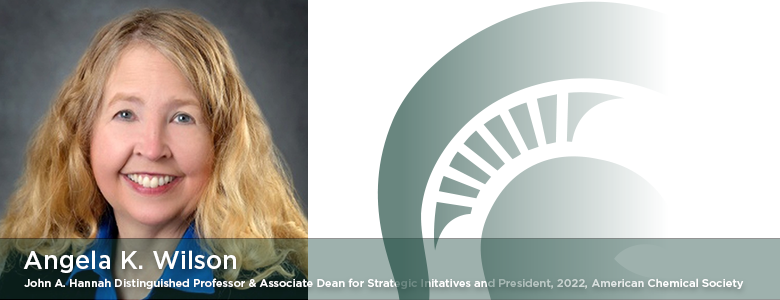
Research
Physical, Theoretical, and Computational Chemistry
(Research Description PDF)
The research in our group focuses upon the development and understanding of computational methodologies, and studies in transition metals and heavy element chemistry, catalysis, protein modeling, drug design/understanding of disease, environmental/ green chemistry, and many other areas. One of the great features of theoretical and computational chemistry is that they can be utilized to investigate a broad array of challenges, and our group is engaged in areas including quantum mechanical and quantum dynamical method development, thermochemical and spectroscopic studies of small molecules, protein modeling and drug design, catalysis design, environmental challenges (i.e., CO2, PFAS), heavy element and transition metal chemistry, and mechanical properties of materials.
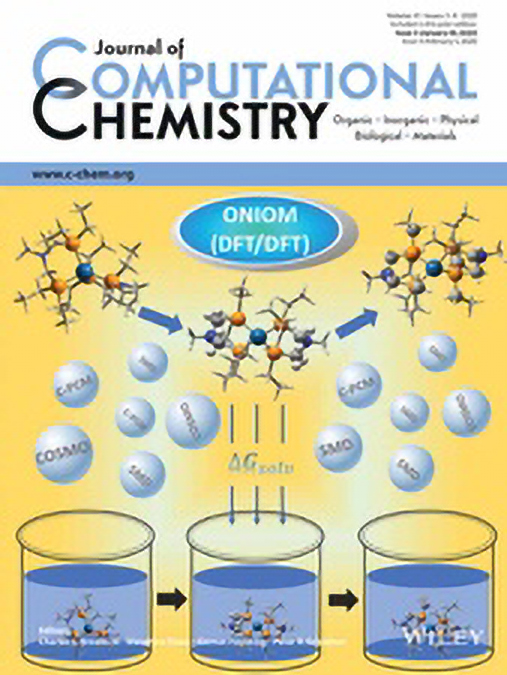
Development and understanding of methodologies - Much of our group’s efforts are focused upon the development of ab initio approaches that aim for accurate prediction of thermochemical properties across the periodic table. Included in our efforts has been the development of successful and versatile ab initio composite schemes, called correlation consistent Composite Approaches (ccCA), that provide reduced computational cost (in terms of computer time, memory, and disk space) means to achieve energetic predictions. The approaches are useful for ground-state, excited-state, and transition- state energies, and can be applied to situations where single-reference wavefunctions or where multireference wavefunctions (i.e., bondbreaking, diradicals) are necessary. Included in our work is the development of Gaussian basis sets, providing new additions to the correlation consistent basis set family, and rigorous evaluation of existing and new basis sets. Another area of interest is in gauging the performance of methodologies, such as density functional theory, particularly for situations where there may be few, if any, needed experiments for comparison. Efforts extend across the periodic table, with substantial focus upon the transition metals.
Heavy element chemistry - The complexity of the heavy elements results in their great utility in applications from cell phones to stealth technology. We are developing a better understanding of the fundamental properties of heavy element species, as well as the methodologies needed to describe their energetic and spectroscopic properties, and utilizing this knowledge in areas such as separation science and the development of new methodologies for heavy elements.
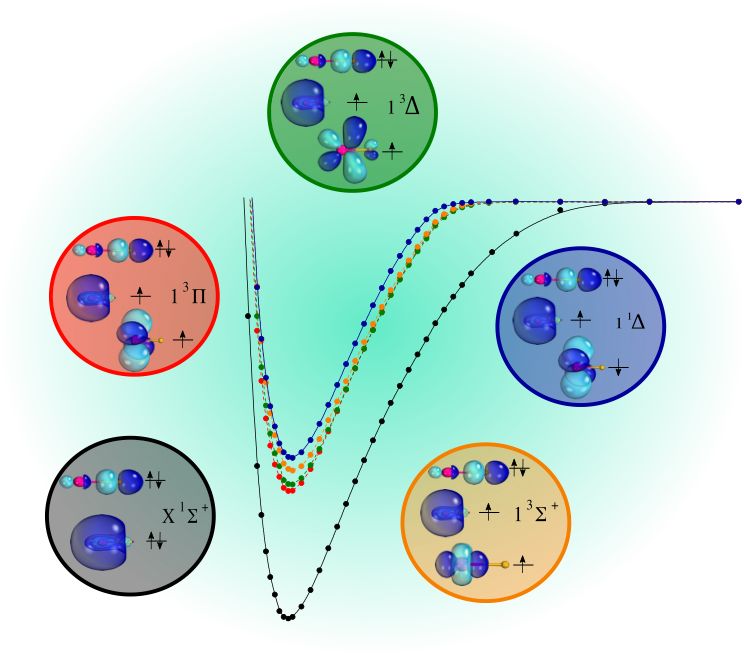
Quantum dynamics – A part of our group’s efforts focuses on time-dependent quantum mechanical approaches across the periodic table. Of particular interest in addition to our development of methodologies is the study of light-driven phenomena.
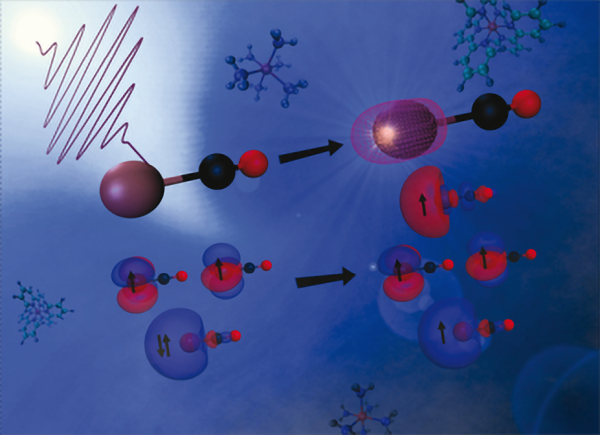
Catalysis - Homogeneous and heterogeneous catalysis are of interest, and we investigate a broad range of catalytic reactions, including novel electrocatalysts. Drug design /understanding disease and biological function – We utilize a variety of computational chemistry approaches towards the understanding and design of potential pharmaceuticals for diseases including cancers and tuberculosis. We also investigate structure activity relationships, the role of signal transduction cascades in disease, and approaches to modulate biological functions.
Environmental and sustainable chemistry -vWe investigate the impact at the molecular level of contaminants such as CO2 and PFAS compounds. For PFAS, the impact of the compounds on human and animal proteins and their absorption and transport in soil and water are of focus. Routes for possible mitigation are also considered.
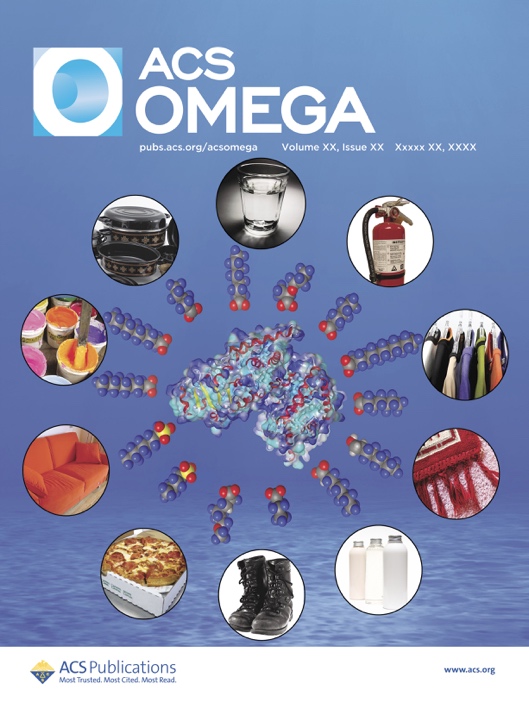
Contact / Webpage
Area(s) of Interest
Theoretical and Computational (Th)
Biological (Bi)
Chemical Physics (CP)
Inorganic (In)
Material (Ma)
Nuclear (Nu)
Physical (Ph)
Selected Publications
“Ab Initio Approaches for Heavy Element Energetics: Ionization Potentials for the Actinide Series of Elements”, Sasha C. North and Angela K. Wilson, Journal of Physical Chemistry A 126, 3027-3042 (2022). (cover article)
“Adsorption, Structure, and Dynamics of Short- and Long-Chain PFAS Molecules in Kaolinite: Molecular Level Insights”, Narasimhan Loganathan, Angela K. Wilson, Environmental Science & Technology 56, 8043 (2022).
“Machine Learning, Artificial Intelligence, and Chemistry: How Smart Algorithms are Reshaping Simulation and the Laboratory”, David Kuntz, Angela K. Wilson, Pure and Applied Chemistry 94(8), (2022).
“Molecular Screening and Toxicity Estimation of 260,000 Perfluoroalkyl and Polyfluoroalkyl Substances (PFAS) through Machine Learning”, Thanh Lai, David Kuntz, Angela K. Wilson, Journal of Chemical Information and Modeling 62(19), 4569-4578 (2022).
“Ab Initio Composite Strategies and Multireference Approaches for Lanthanide Sulfides and Selenides”, Nuno M.S. Almeida, Timothé R.L. Melin, Sasha C. North, Bradley K. Welch, Angela K. Wilson, Journal of Chemical Physics 157, 024105 (2022).
“Multireference Calculations on the Ground and Excited States of LrF and LrO”, Sasha C. North, Nuno M.S. Almeida, Timothé R.L. Melin, and Angela K. Wilson, Journal of Physical Chemistry A 127(1), 107-121 (2023).
“Influence of Soil Minerals on the Adsorption, Structure, and Dynamics of GenX”, Christina Schumm, Narisham Loganathan, and Angela K. Wilson, Environmental Science & Technology: Water 3(8), 2659-2670 (2023).
“High-Level Ab Initio Composites: Thermochemical Bond Dissociation Energies for Vanadium First- and Second-Row Diatomics”, Bradley Welch, Ryan McLean, and Angela K. Wilson. Molecular Physics (accepted, e2248292, 2023).
“Tailoring Light-Induced Charge Transfer and Intersystem Crossing in FeCO Using Time-Dependent Spin-Orbit Configuration Interaction”, Benjamin G. Peyton, Zachary J. Stewart, Jared D. Weidman, and Angela K. Wilson”, J. Chem. Phys. (accepted, November 2, 2023).
“Binding of Per- and Polyfluoroalkyl Substances (PFAS) to PPARγ/RXRα Nuclear Receptors and Their Effect on DNA Interaction”, Nuno M. S. Almeida, Semiha Kevser Bali, Deepak James, Cong Wang, and Angela K. Wilson”, J. Comput. Inf. Model. (accepted, November 2023).
CV
B.S., 1990, Eastern Washington University
Ph.D., 1995, University of Minnesota
DOE/AWU Postdoctoral Fellow, 1995-97, Pacific Northwest National Laboratory
Research Scientist/Research Assistant Professor, 1998-2000, University of Oklahoma
Adjunct Professor, 1998-1999; Assistant Professor, 1999-2000, Oklahoma Baptist University
Assistant Professor, 2000-05; Associate Professor, 2005-09; Professor, 2009-2011; Regents Professor, 2011-2016, University of North Texas
Director, Center for Advanced Scientific Computing and Modeling, 2005-2016, University of North Texas
Associate Vice Provost for Faculty, 2015-2016, University of North Texas
Division Director (Head), Division of Chemistry, National Science Foundation, 2016-2018
2022, President, American Chemical Society
Awards
| Year | Award | Organization |
|---|---|---|
| 2023 | Zenith Award | American Women in Science (AWIS) |
| 2023 | Iota Sigma Pi (Triennial) National Honorary Award | Iota Sigma Pi |
| 2023 | William J. Beal Outstanding Faculty Award | Michigan State University |
| 2021 | Alumni Outstanding Achievement Award | University of Minnesota |
| 2018 | Michigan Women's Hall of Fame | Michigan Women Forward |
| 2015 | Francis P. Garvan-John M. Olin Medal | American Chemical Society |
| 2014 | Wilfred T. Doherty Award | Dallas-Ft. Worth Section of the American Chemical Society |
| 2013 | Distinguished Woman in Chemistry or Chemical Engineering | IUPAC (International Union of Pure and Applied Chemistry) |
| 2013 | Fellow | American Physical Society |
| 2012 | Fellow | American Association for the Advancement of Science |
| 2010 | Fellow | American Chemical Society |
| 2010 | Quantum Systems in Chemistry and Physics Promising Scientist Award | Centre de Mécanique Ondulatoire Appliquée |
| 2007 | National Associate | National Academies |
| 2003 | CAREER Award | National Science Foundation |
| 2003 | Young Investigator Award | Wiley International Journal of Quantum Chemistry |